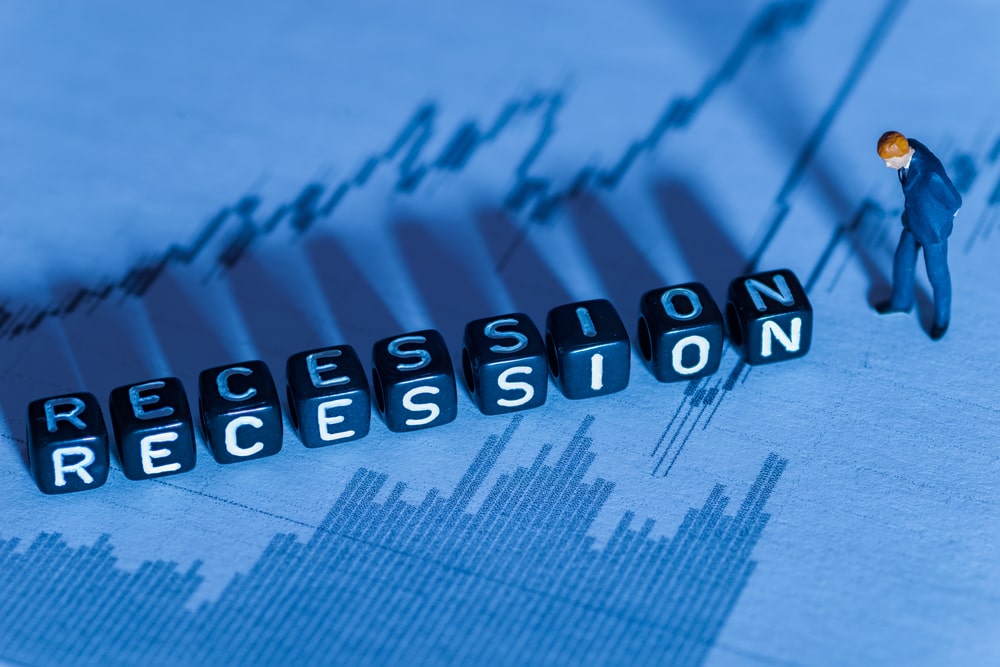
Monetary Policy & Inflation | US

Monetary Policy & Inflation | US
US treasury yields increased last week on the back of slightly higher-than-expected producer prices (a measure of wholesale inflation) – the producer price index (PPI) rose +0.3% MoM through July against the +0.2% expected.
This article is only available to Macro Hive subscribers. Sign-up to receive world-class macro analysis with a daily curated newsletter, podcast, original content from award-winning researchers, cross market strategy, equity insights, trade ideas, crypto flow frameworks, academic paper summaries, explanation and analysis of market-moving events, community investor chat room, and more.
US treasury yields increased last week on the back of slightly higher-than-expected producer prices (a measure of wholesale inflation) – the producer price index (PPI) rose +0.3% MoM through July against the +0.2% expected. This came a day after CPI came in largely in line with expectations. We believe the data is consistent with the Federal Reserve staying on hold in September and hiking in November.
Turning to market moves, US 10Y yields closed the week at 4.16% (+11bps WoW, +30bps MoM) while the yield on the policy-sensitive US 2Y closed the week at 4.89% (+11bps WoW, +17bps MoM). In terms of yield curve inversion, the magnitude of the 2s10s inversion sat at -73bps on Friday, up from year lows of -109bps seen in early July. The probability of recession increases with yield curve inversion.
The probability of recession within the next twelve months, assigned by our recession model, which uses the 2Y10Y part of the yield curve, closed the week at 88% (Chart 1). Meanwhile, the Fed’s recession model, which uses the 3M10Y part of the yield curve, produced a 59% chance of recession (Chart 2).
We introduced two models for predicting US recessions using the slope of the US yield curve. When long-term yields start to fall towards or below short-term yields, the curve flattens or inverts. This has often predicted a recession in subsequent months. Our model is based on the 2s10s curve compared to a model from the Fed that is based on 3M10Y curve. We believe that the 2Y better captures expectations for Fed hikes in coming years and is therefore more forward-looking.
Spring sale - Prime Membership only £3 for 3 months! Get trade ideas and macro insights now
Your subscription has been successfully canceled.
Discount Applied - Your subscription has now updated with Coupon and from next payment Discount will be applied.